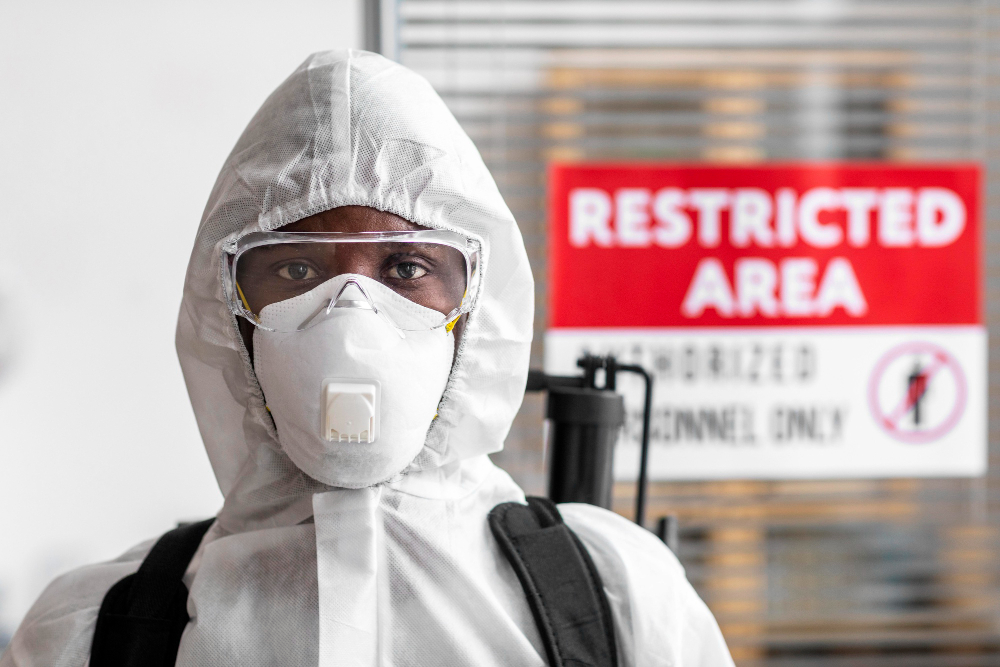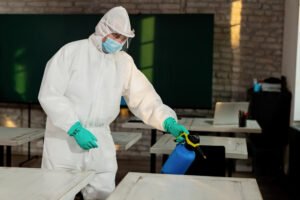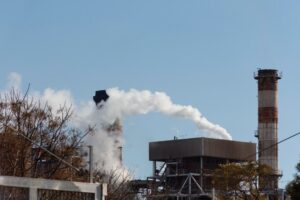The recent ban on chrysolite asbestos; the only form currently in use and imported into the United States, is a major step in improving public health safety. If you’re unfamiliar with asbestos and its dangers, you may wonder what the fuss is about.
Here, we’ll look at asbestos in detail and show you why exposure is a health risk for you and your loved ones.
What is Asbestos?
Asbestos is a naturally occurring mineral in rock and soil. Its strong and heat-resistant properties made it a crucial material in manufacturing insulation and fire retardant products. The material was also used to manufacture building materials like vinyl floor tiles, ceilings, textured paints, and roofing shingles.
It was not until the 1950s that scientists discovered a direct link between asbestos exposure and poor health. Based on the findings, the government has issued several bans on the import and manufacture of many asbestos-containing materials.
Types of Asbestos
Here are the common types of asbestos as classified by the Environmental Protection Agency:
- Chrysotile asbestos – It is the most prevalent type in construction materials and automotive parts.
- Amosite asbestos – Also known as brown asbestos and was widely used in ceiling tile, cement, and insulation materials.
- Crocidolite asbestos – The blue fibers are tiny and thin and are considered the most dangerous among all types of asbestos. It was used in insulation, tiles, and cement.
- Anthophyllite asbestos – It was the least-used type and was commonly found in cement and insulation.
- Tremolite asbestos – The strong and heat-resistant fibers were used in paints, roofing, insulation, and plumbing materials.
Actinolite asbestos – The dark-gray material was used to make cement, drywall, and insulation materials.
How Are You Exposed?
There are two main ways of exposure; through inhalation or ingestion depending on the type of asbestos present. Inhaling asbestos fibers is the most common way and it typically happens when the asbestos-containing materials are disturbed and the fibrous particles are released into the air. The disturbance may occur due to demolition, maintenance, repair, or remodeling work.
While the companies in the asbestos industry may claim that the asbestos materials available today don’t pose a risk, no asbestos exposure is considered safe.
Why is it Dangerous?
Any asbestos-containing material is dangerous. When disturbed the material breaks down into tiny fibers and saturates indoor air for a long time. These microscopic fibers have been linked to serious health complications.
When you inhale the dust, the particles lodge in the lung tissue and remain there for many years. Over time, they cause inflammation and damage healthy body cells leading to serious health complications.
According to the EPA, long-term exposure to the fibers can increase your risk of developing lung cancer and mesothelioma, a well-known asbestos-related disease.
Lung cancer, mesothelioma, and other related diseases including asbestosis, laryngeal, and ovarian cancer are responsible for over 40,000 deaths every year in the U.S.
Get Effective Asbestos Abatement in Pocatello
If you’re concerned about asbestos exposure in your home or business in Pocatello, contact Eco Shield Restorations. Our certified asbestos abatement Pocatello professionals will inspect your property and complete the required abatement measures to guarantee long-term safety. Contact us today to schedule a free consultation.





